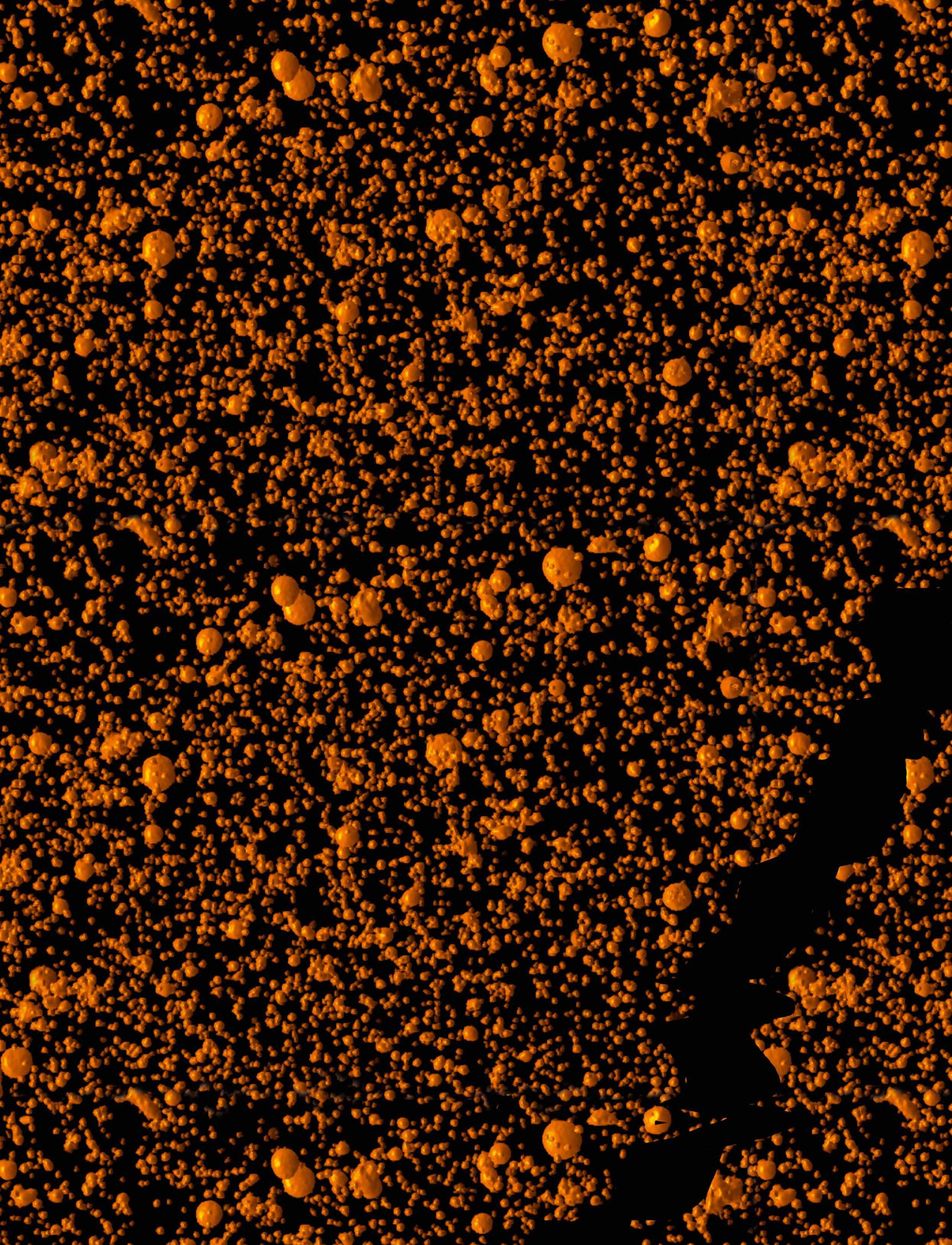The Novo Nordisk Foundation Center for Biosustainability/ Christian Als
A vehicle for a sustainable future Metabolic engineering holds a lot of promise as a means of sustainably producing foods, chemicals, proteins and other important products. The DD-DeCaF project is developing computational tools that will help biotechnology companies understand the impact of changes in biological networks and develop better, more effficient cell factories, as Dr Nikolaus Sonnenschein explains. A large amount
of biological data is available nowadays which could help inform the design of cells and microbial communities, including proteomics and transcriptomics data for example. However, this data is not currently being utilised to its full potential, believes Nikolaus Sonnenschein, Associate Professor in the Department of Biotechnology and Biomedicine at the Technical University of Denmark. “There is data out there but we’re not really taking advantage of it, in the sense that we lack the required analytical approaches and bioinformatics pipelines,” he explains. This is an issue at core of DD-DeCaF, an EC-backed project co-ordinated by Professor Markus Herrgård which brings together scientific and industrial partners to develop new cell design tools. “We are trying to speed up the design of cell factories and microbial communities for biotechnology applications,” outlines Professor Sonnenschein.
www.euresearcher.com
Cell factories This is an increasingly important area of the commercial sector, with cell factories used for the sustainable production of chemicals, proteins, and many other valuable substances. While biochemists and cell engineers hold deep expertise in their own field, they may not necessarily be experts in mathematical modelling, so Professor Sonnenschein says accessibility is an important consideration. “The DD-DeCaF software platform called Caffeine is for people that work in the lab. They might have generated some data, but they need some insights into what they should do next in terms of engineering targets, or achieving a production goal,” he says. The main interface on the platform is a representation of a cell’s metabolic pathways, which is familiar to bioengineers and cell biologists. “It’s a network depiction of metabolism, which is essentially the chemical reactions that can happen inside those cells,” continues Professor Sonnenschein.
This platform enables engineers to assess the impact of a specific change within a cell, such as removing or adding a gene. It is also possible to integrate further data and so gain a deeper picture of biological networks. “In order to do that you need to log in to the platform, then you get access to data in the public domain, and can also upload your own data,” says Professor Sonnenschein. Users of the platform can select a specific dataset of interest, for example on how a microbial community uses sugar, then both look at reactions that have occurred and also forecast future developments. “You can actually gain more insights beyond the measurements than you’ve done, essentially extrapolating beyond the existing data,” outlines Professor Sonnenschein. “Using our knowledge of the organisms, and some sophisticated mathematical approaches and models, we can draw further insights beyond the existing data points alone.”
27






























